Plants can be expensive. Perennial plants can be especially pricey. They’re an investment worth making because they last for years (maybe even a lifetime). But the cost of plants, especially perennials, can make it hard to fill out your garden and landscape.

There are several ways that you can grow plants for free, just by expanding what you already own (and maybe from what your family, friends, or neighbors own, too).
Here are six ways to get plants for free from your own backyard:
Jump to:
- 1. Propagate from Cuttings
- 2. Divide Perennial Plants
- 3. Dig and Plant Side Shoots
- 4. Collect and Plant Seeds
- 5. Dig, Store, and/or Divide Bulbs
- 6. Dig, Store, and Divide Tubers
- Tips for Finding and Sourcing Things to Propagate
- Look around your yard
- If you don’t have enough of your own, look to neighbors, friends, and family
- Collecting cuttings and divisions won’t do any harm
1. Propagate from Cuttings
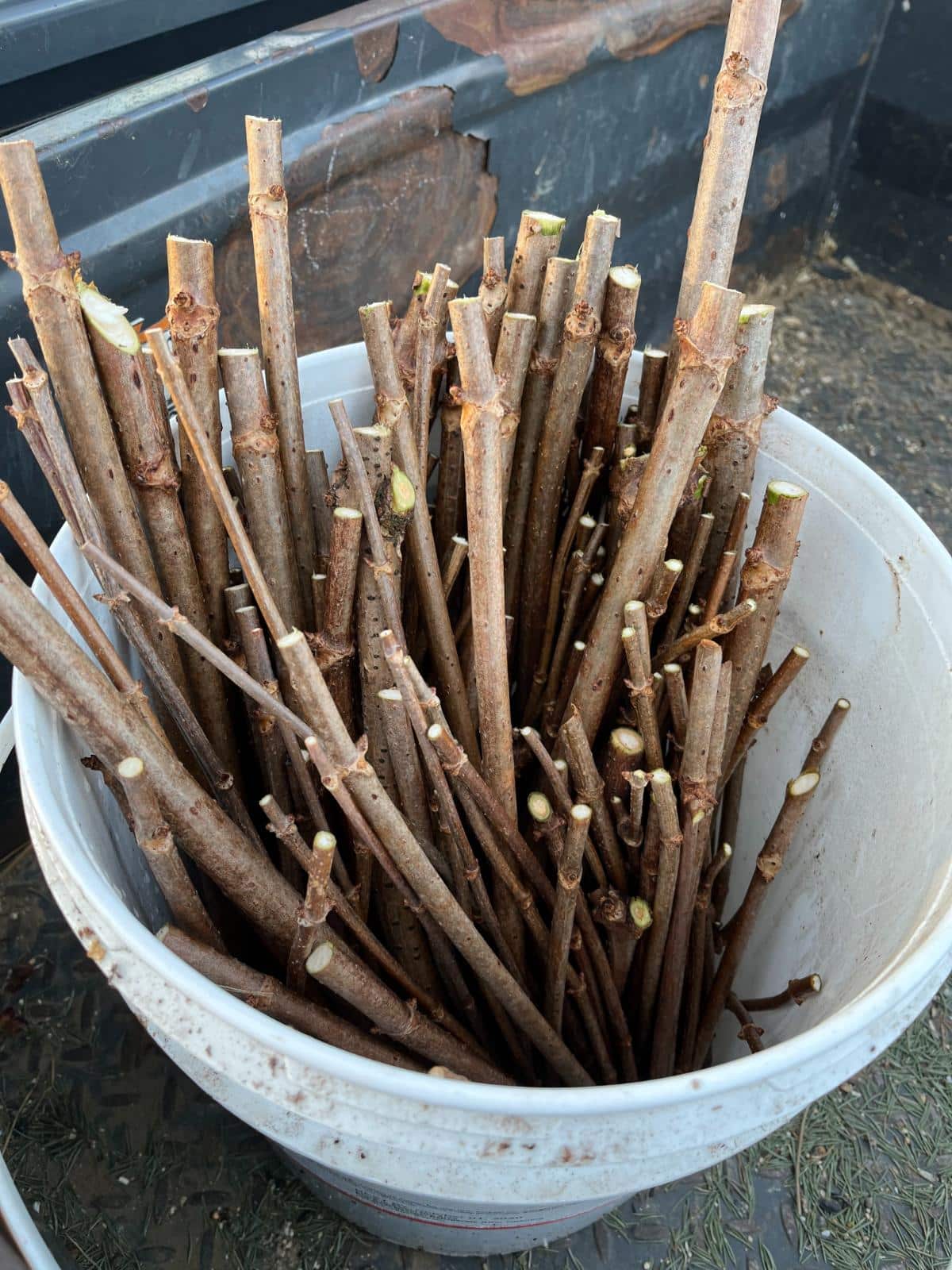
Many perennial plants, and some annuals, will propagate well just by taking and rooting cuttings. This is especially true of woody-stemmed plants.
Some will root easily in water, while others do better rooting in soil or a planting medium.
Some plants do best if they are grown from dormant cuttings and started early in the spring. Some don’t care that much, and some do better at the height of their growing season.
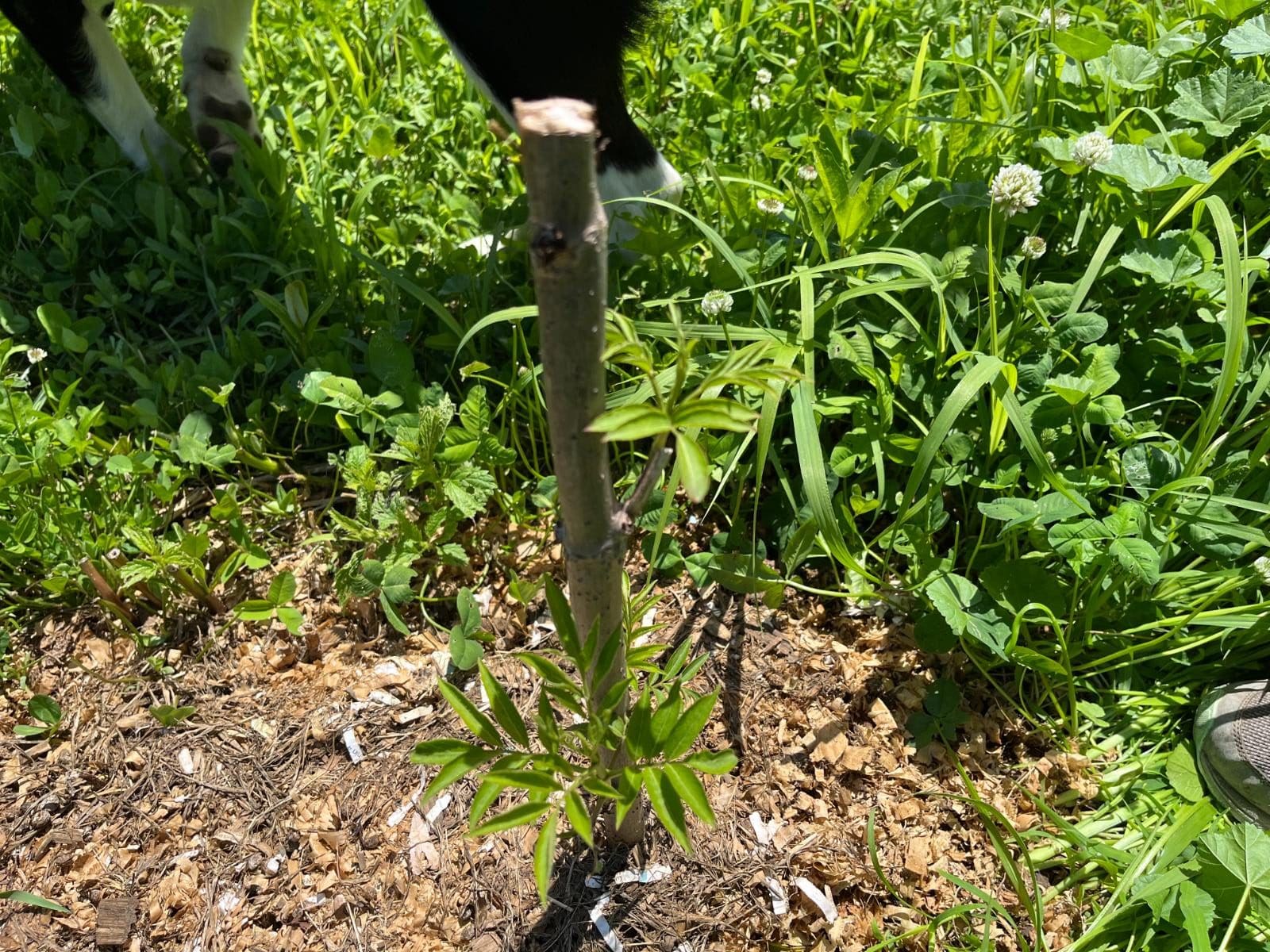
Each type of plant is a little different, so the best bet is to do a little research to find out when the best time to take cuttings and propagate is for the particular plant you have in mind.
Start by searching our site – we have many guides to propagating specific types of plants, and many with different propagation options!
2. Divide Perennial Plants
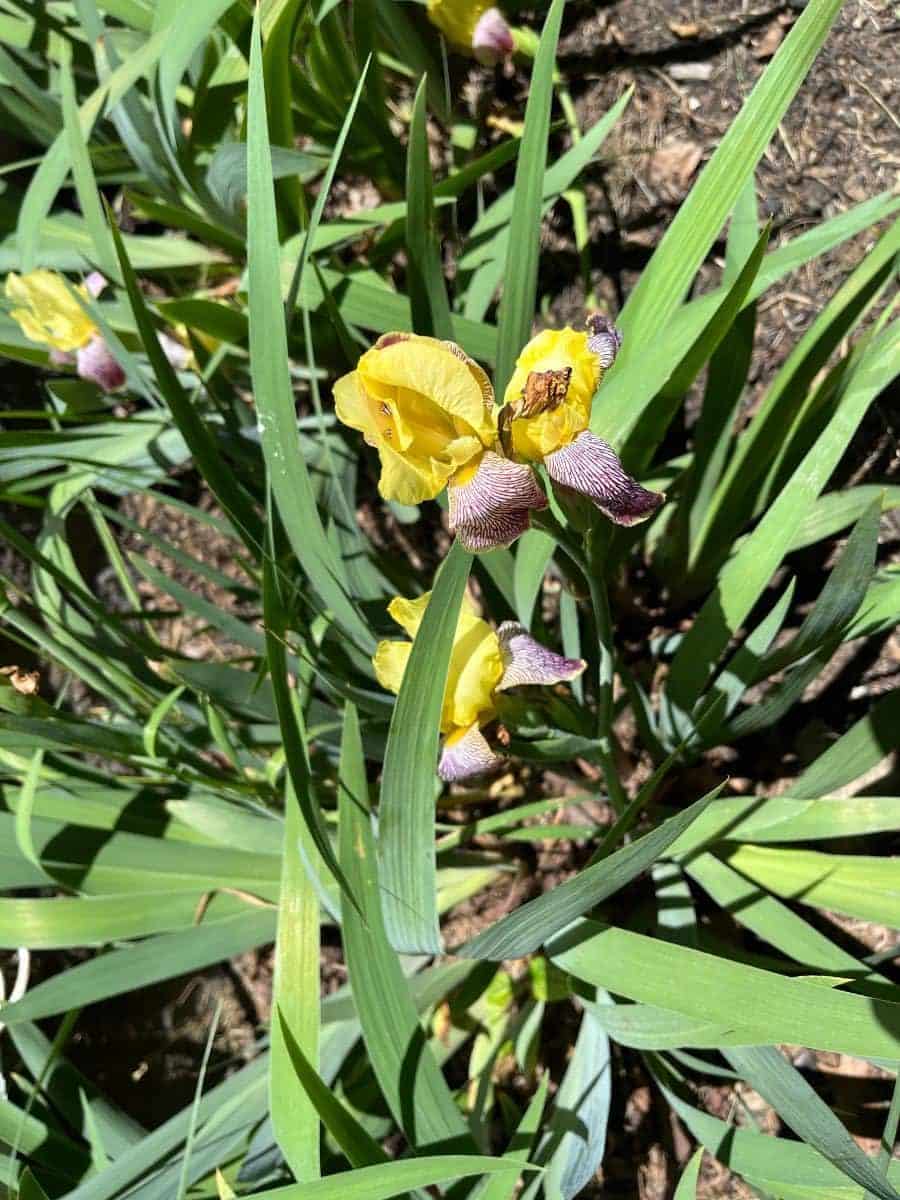
Many types of perennials need to be divided periodically anyway. The typical schedule is every three to five years, or whenever the plants are getting too large for their space.
Another sign that it’s time to divide is if a perennial is not performing as well as it once was. This usually tells you the plant’s roots are getting too crowded, and the plant is basically stealing from itself. When that happens, it’s starved for resources and underperforming.
When you divide perennials, move the divided sections to a new home to fill out your gardens and landscapes.
If the plants are well established (usually at least 2 years old – not usually in the first growing year), you can divide them to spread them out and fill those holes.
Dividing plants is as easy as firmly cutting through them with a pointed spade shovel, digging out the divided sections, replanting it elsewhere and filling in the hole that’s left from the division at the parent plant. Just don’t forget to water!
You can divide plants any time of year when the soil is workable as long as you provide good aftercare.
3. Dig and Plant Side Shoots
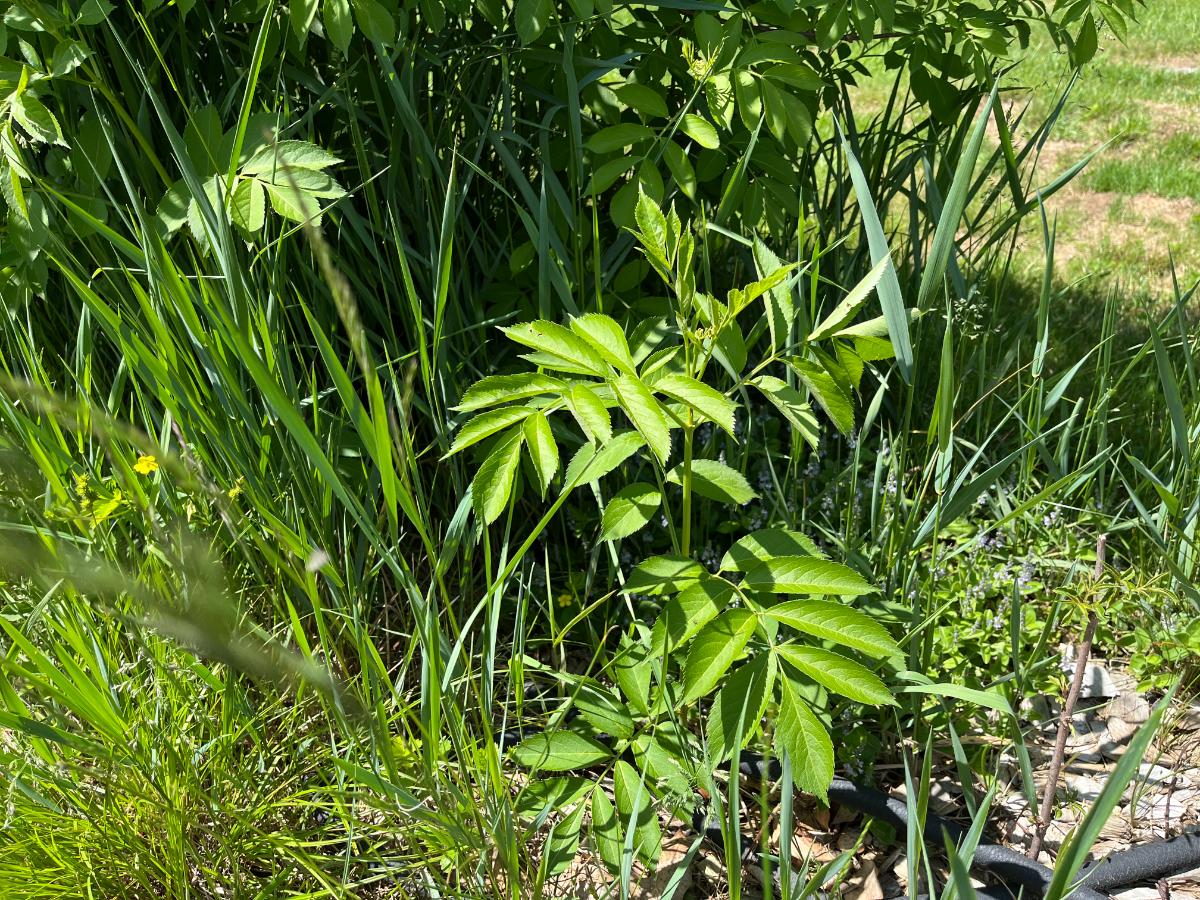
Plants also sometimes spread by sending outside shoots. These are just stems of the parent plant that shoot up from the ground next to and around the main plant. They come up from the roots. Perennials, bushes, and berries often do this.
You can easily turn these into new plants just by cutting through the root attachment next to the shoot and digging up the shoot with the remaining roots attached. You’ll often find that shoots are not deeply rooted and come up easily, especially when young.
Once you dig the shoot, all you need to do is move it to its new home and water and care for it.
4. Collect and Plant Seeds
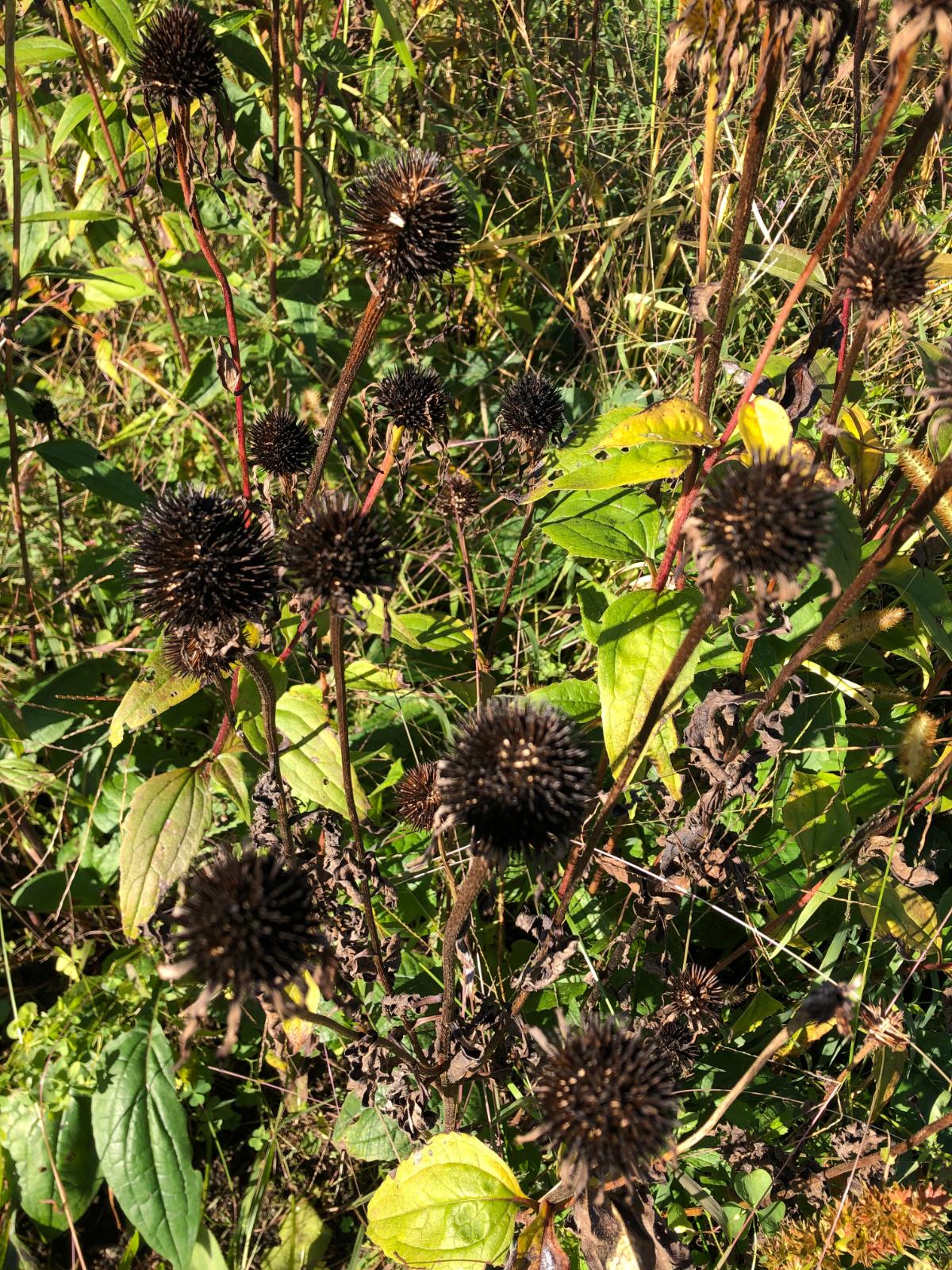
Here’s one for both perennials and annuals. This works well for things like herbs and wildflowers but can basically be used for about any plant that grows seed.
All you need to do is let the blossoms or fruit of the plant mature and go to seed. Let the seed mature fully on the plant and dry down. If the seeds still retain some moisture, dry them inside.
After that, look up whether or not the seed needs to be cold stratified and other planting instructions. If you’re saving the seed for next year, put it in a paper envelope and keep it somewhere cool and dry until it is time to plant it or stratify it.
A good time to look for seed is in the fall, especially after a killing frost, or in the early spring (though by early spring, a lot of last year’s seed has been eaten by winter wildlife, so collecting in the fall is much more reliable).
5. Dig, Store, and/or Divide Bulbs

Plants that grow from bulbs will produce more bulbs. Eventually, you will have a ball of bulbs that, like rooted perennials, can become its own worst enemy.
Dig up bulbs and divide them into individual bulbs. Each bulb can be planted to start a new flower or plant.
Some bulbs, like gladiolas, may not be hardy enough to survive the winter in the ground where you live, and they might need to be dug and stored dormant indoors anyway. Separating them helps the original bulbs and gives you lots more plants!
If you need to work on your yard during the growing season, you can dig and pull apart plants growing from bulbs into individual plants and replant them. They will need some extra water and TLC while they get reestablished.
6. Dig, Store, and Divide Tubers

Just like bulbs, plants that grow from tubers multiply while they are in the ground. Dahlias are a perfect (and pretty!) example of this. Some others include cyclamen, sunchokes, anemones, begonias, and caladium (among many others).
Tubers are attached in a clump but each carrot-like section can be cut off to be grown as its own plant. The trick to success is to learn a little about how to divide dahlias and tubers and propagate the sections that have sprouting eyes.
Like many bulbs, a lot of tubers need to be dug in the fall and stored anyway, and it's easy to separate and propagate more this way. You’ll be amazed how many new tubers will grow in a clump of something like a dahlia in just one season!
You can learn more about dividing, storing, and growing tubers like dahlias here:
Tips for Finding and Sourcing Things to Propagate
Free (or at least very cheap) plants are easier to find than you might think! Here are some tips for economically building up your yard and garden and finally completing that design you’ve dreamed of!
Look around your yard
- What’s worth cutting?
- What do you have growing that you’d like to have more of?
- What might work well in a blank garden or landscape space?
- What is overspreading its space and could use some digging or cutting back?
- What is a good candidate for taking cuttings or dividing?
- What is sending off side shoots?
- Are there spreading groundcovers where a dug-up section won’t be missed? (And will fill back in quickly anyway.)
If you don’t have enough of your own, look to neighbors, friends, and family
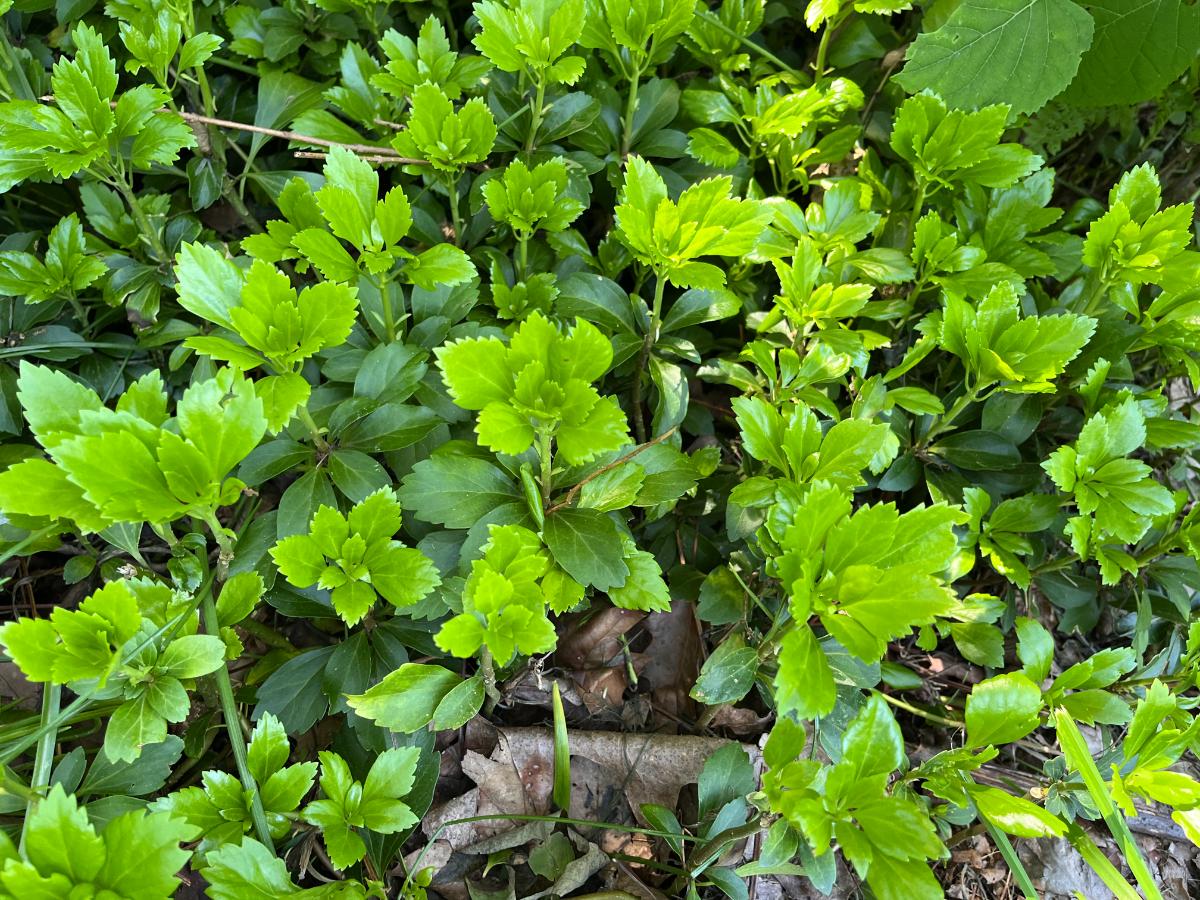
- Ask if you can take a cutting or two or a shoot from a plant they have that you don’t
- See if you can arrange a swap – a cutting, seed, bulb, or shoot of something you have that they don’t, then trade
- If they’re dividing perennial plants, let them know you’d be interested in divisions that they’re not using
- Keep an eye out for free divisions and cuttings on swap sites, forums, and even on roadsides
- Many people who are dividing older perennials are happy to give them away or sell them for small money because at some point, they run out of places to put them, and they’d just go to waste
- Offer to help prune, dig, collect, or divide in exchange for free plants or parts to propagate
- Sometimes, all you have to do to get free plants is ask!
Collecting cuttings and divisions won’t do any harm
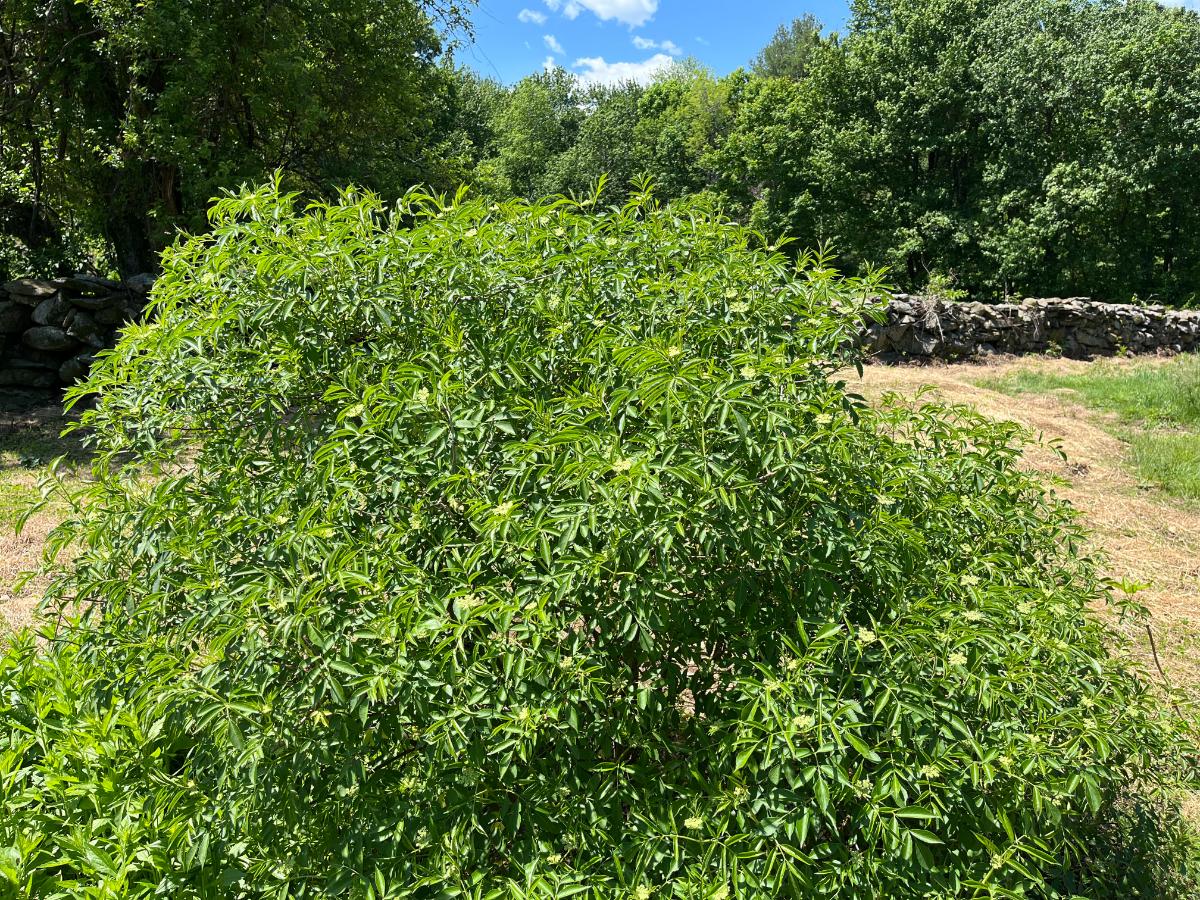
There’s no harm done taking a cutting from a well-established, healthy plant here and there. In fact, cuttings often come from plants that need to be pruned anyway. Save your trimmed prunings and ask friends and family if they have any to spare that you can have.
See what you can forage from roadsides and public spaces. Of course, you should find out if it’s okay to take them and respect signs if they say not to remove vegetation, but when it’s allowed, this can be a great place to collect seeds, shoots, and cuttings for free!
Do your best to stick to native species or at least non-invasive species, especially when foraging from natural environments. With a little work, you can easily create a stunning landscape, and you won’t have to spend anything to do it!

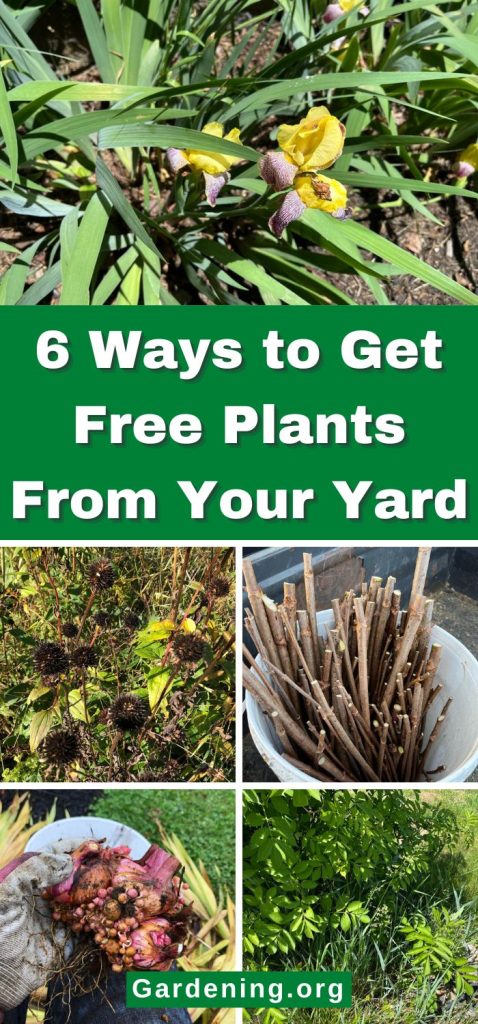
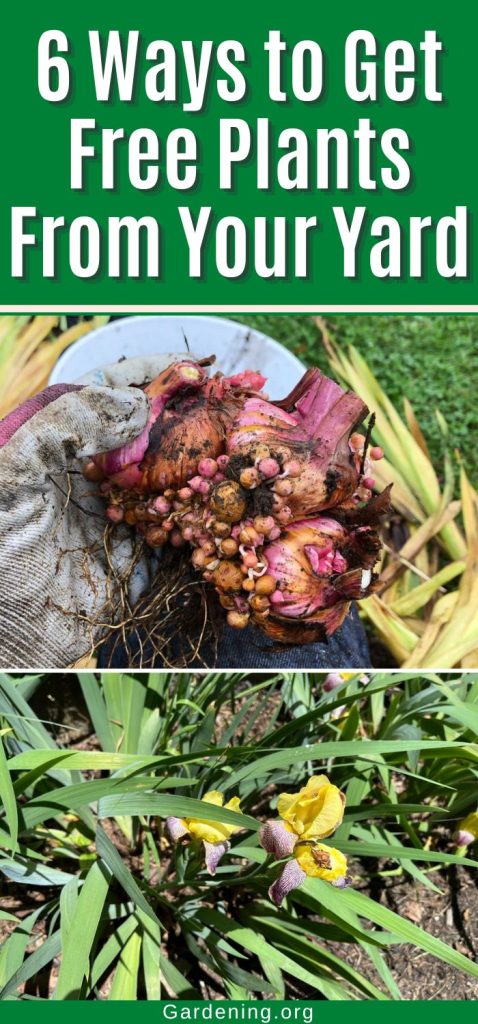
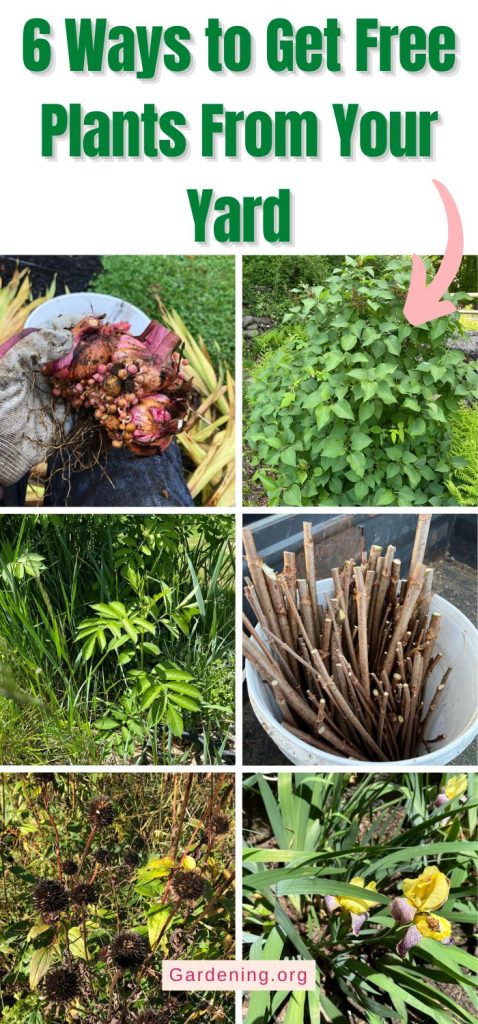
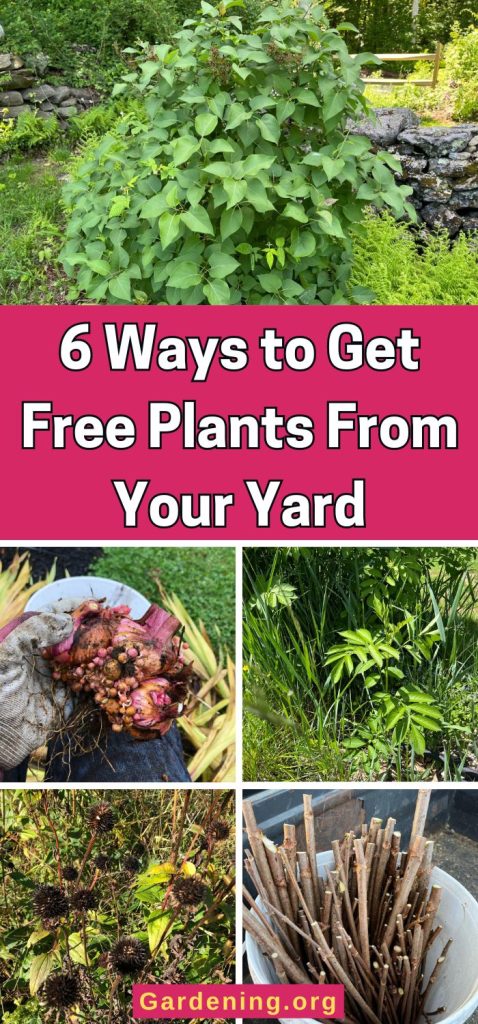




Leave a Reply